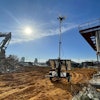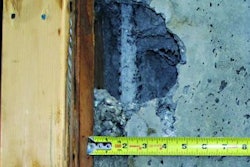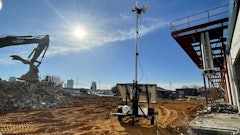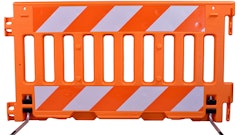Drive through any number of outer-ring suburbs in America, and you’ll see boarded-up and vacant strip malls, surrounded by vast seas of empty parking spaces. These forlorn monuments to the real estate crash are not going to come back to life, even when the economy recovers. And that’s because the demand for the housing that once supported commercial activity in many exurbs isn’t coming back, either.
In the late 1990s, high-end outer suburbs contained most of the expensive housing in the United States, as measured by price per square foot, according to the Zillow real estate database. Today, the most expensive housing is in dense, pedestrian-friendly neighborhoods of the center city and inner suburbs.
This profound structural shift is durable because of demographics. The two largest generations in American history, representing half of the total population -- baby boomers (born 1946 to 1964) and millennials (born 1979 to 1996) -- are converging on the real estate market with a shared preference for housing density.
Many boomers are now empty nesters and approaching retirement. Generally this means that they will downsize their housing in the near future. Boomers want to live in a walkable urban downtown, a suburban town center or a small town, according to a recent survey by the National Association of Realtors.

















